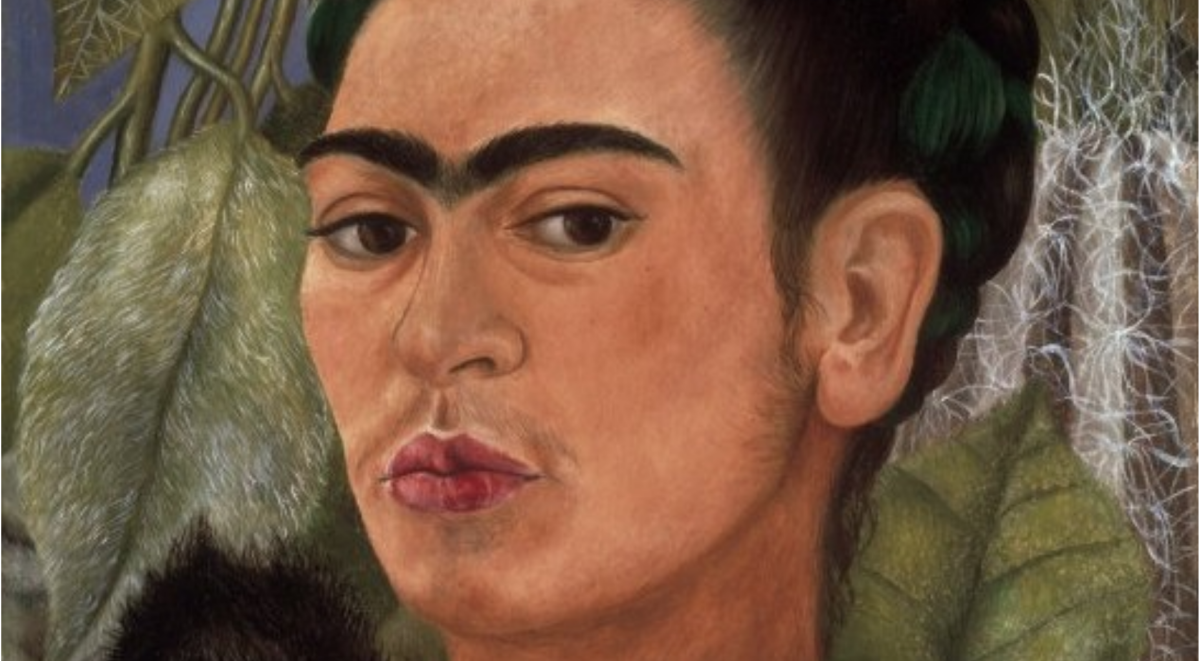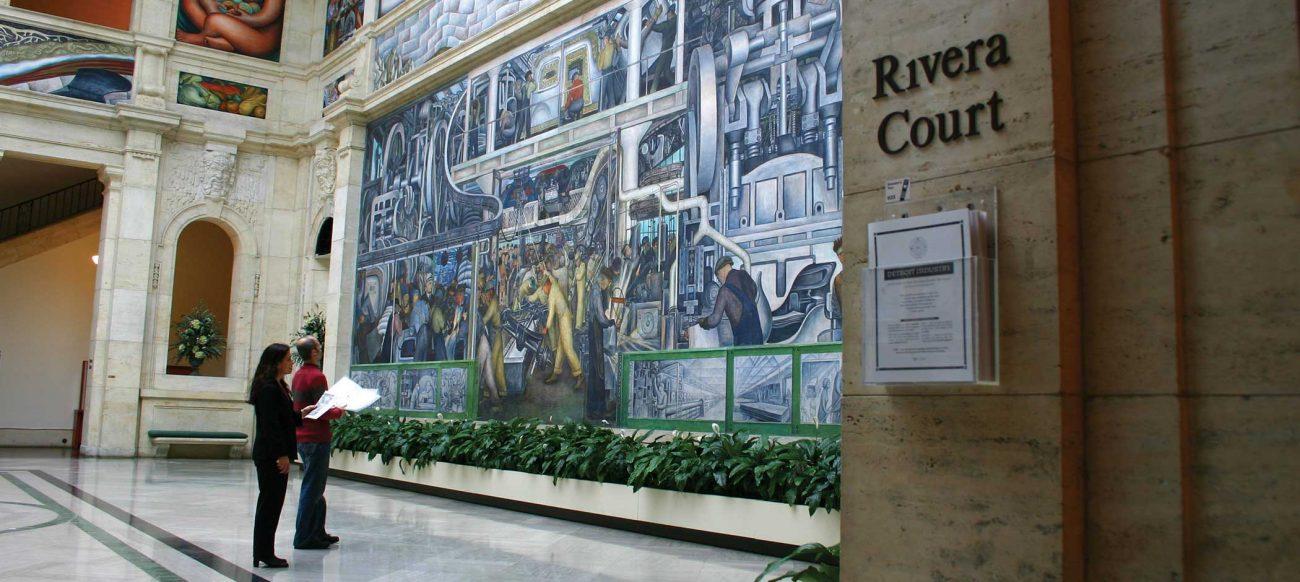Diego Rivera and Frida Kahlo: Their Impact on Detroit
Story by Katherine Stozicki
Renowned artists Diego Rivera and Frida Kahlo made a great impact on the City of Detroit. Rivera, known largely for his murals, and Kahlo, known for her portraits, shared a complex relationship, but briefly resided in Detroit.
What exactly is the history behind these two artists and their impact on Detroit, and did Detroit leave as much of an impression on them as they left on Detroit?
Who are Diego Rivera and Frida Kahlo?
Diego Rivera was a Mexican artist born in Guanajuato, Mexico in 1886. As he grew to be older, Rivera grew to appreciate painting and studied under several prominent artists including Renoir and Matisse before coming to the United States in 1930 and Detroit in 1932.
Rivera is known best for his mural paintings, widely known as Frescos—murals done on plaster. Once Rivera arrived in Detroit, River began work on one of his most famous frescos within the Detroit Institute of Arts (DIA) which pays homage to the American worker which was a theme important to Rivera. Frescos gave Rivera the ability to paint large scenes filled with detail, history, and grandeur.
Frida Kahlo painted on a smaller scale than Diego Rivera, but her art was no less grand. Kahlo played heavily with bold color, deep themes of emotion and life, and painted many self-portraits. Born in Coyoacan, Mexico in 1907, Kahlo stayed in Mexico for the first part of her life where she battled several challenges including polio and a bus accident. It wasn’t until she attended the National Preparatory School in Mexico that she met Diego Rivera who would become both a source of love and pain for Kahlo.
Kahlo’s painting often reflected intense emotions. Painting herself often, or images of her relationship with Rivera, onlookers of Kahlo’s painting get in depth look into the deep, tumultuous feelings of the artist.

Frida Kahlo Salvadore Dali Highlights of Surrealism
The Impact of Rivera and Kahlo on Detroit
As mentioned, one of Rivera greatest works is his DIA mural depicting Detroit factory workers. According to the DIA, Rivera romanticized Detroit, while Kahlo did not.
Rivera and Kahlo arrived in during Detroit during the midst of the Great Depression and stayed only a year. Though, within that year, each artist is considered to have reached a career peak, according to The Conversation. Rivera’s masterpiece that year was his DIA mural which takes up the entirety of what is now known as Rivera Court. Kahlo, on the other hand, worked hard on portraits depicting several personal struggles.
Rivera was commissioned to paint his series of frescos by former DIA Art Director William Valentiner and Edsel Ford. Rivera was paid roughly 10,000 dollars to complete the mural and was required to paint it in honor of the Detroit industry and Detroit’s history.
While in Detroit, Kahlo had her own unique experiences. She became pregnant, and then suffered a brutal miscarriage shortly later. Many of Kahlo’s paintings while in Detroit depict difficult imagery of her emotions during this time in her life. Many of Kahlo’s works in Detroit featured images of childbirth, pain, and suicide.
Kahlo took a leave during her time in Detroit due to medical issues with her parents. Rivera, stayed, however, and continued to work on his mural of Detroit workers. Additionally during his stay in the city, several of Rivera’s works were featured in an exhibit sponsored by the Detroit Society of Arts which was, according to Detroit News, a precursor to the College of Creative Studies.
As Rivera came closer to unveiling his work the artist faced backlash from several critics. For example, Rivera faced criticism from religious leaders for an image of a child being vaccinated on one of the panels. Religious leaders claimed, according to the Detroit News, the image “mocked the holy trinity.” Other critics fought against the nude imagery of the paintings, disagreed with Rivera’s Marxist beliefs, or believed the mural was foolish and “whitewashed” as mentioned in an early Detroit news editorial.
The amount of criticism drawn by some members of the community stirred up interest in the mural. In turn, many came to view Rivera’s masterpiece and became more interested in the DIA, which has recently been named Best Art Museum in America by USA Today.
Some of the most prominent defenders of Rivera’s work were the Fords, including Edsel Ford who publicly spoke out against the critics.
In its completion, Rivera’s mural had 27 fresco panels, including various panels of Detroit’s industry and Rivera’s own take and opinions such as health care being vital—the baby and the doctor, for example.

Detroit Institute of Arts Rivera Court in Midtown by Bill Bowen
Detroit, Rivera, and Kahlo
As much as they impacted Detroit, Detroit impacted Rivera and Kahlo. Rivera painted one of the best-known images of Detroit, and Kahlo completed some of her best works in the city.
While the two struggled with their marriage and personally during their time in the city, and after, Rivera and Kahlo left and huge mark on Detroit. They inspired many and their works are still vital and of great importance today.
For more information, please visit these sources which aided in the writing of this article:
https://www.pbs.org/wnet/americanmasters/diego-rivera-about-the-artist/64/
https://www.fridakahlo.org/frida-kahlo-biography.jsp
https://www.dailyartmagazine.com/diego-rivera-detroit/
You May Also Like
Pay a visit to Dabls MBAD African Bead Museum and discover hidden art within the…
Explore the bold creativity that earned Detroit the #4 spot in the nation for best…
Muralist Hubert Massey is well known in Detroit for his public murals – he even…






